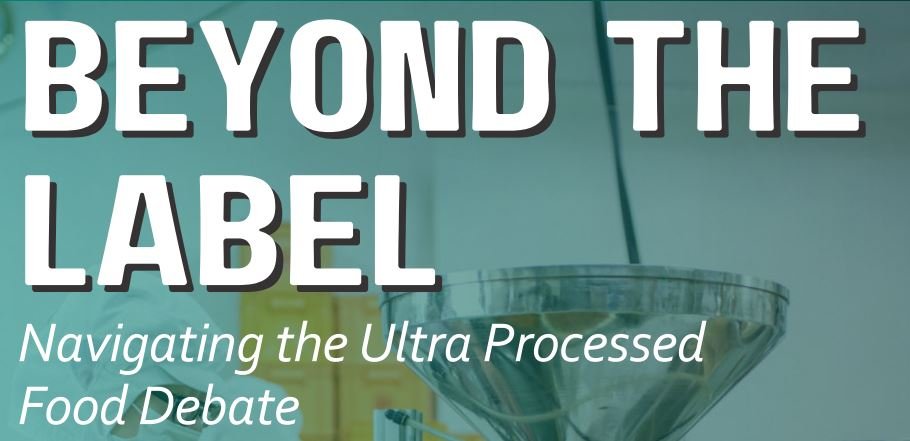Beyond the Label - Ultra Processed Food
Navigating the world of ultra-processed foods (UPFs) has become an increasing concern for consumers, health experts, and the food industry alike. The dialogue surrounding these foods is complex, emotive and multifaceted, encompassing health implications, regulatory debates, and consumer perceptions. This condensed exploration here is based on the broader, more extensive F!S Group handbook which will be available for download here: F!S Group handbook, seeks to provide a clearer picture of UPFs, shedding light on their evolution, societal impact, and the ongoing debate and how it could and should shape food and beverage strategies.
The Evolution and Impact of UPFs
The concept of UPFs emerged from the need to understand the growing distance between natural foods and those found on supermarket shelves. Dr. Carlos Monteiro's NOVA classification, introduced in 2009, categorises foods based on their level of processing, placing UPFs under scrutiny for their heavy modifications. These foods, designed for convenience and long shelf life ( as well as cost cutting), have increasingly woven themselves into the fabric of modern diets, raising alarms about their nutritional content and health consequences whilst representing a staggeringly high percentage of Western diets. (on average UPF’s make up around half of our diet in the UK & almost 60% in the USA)
Despite their convenience, palatable taste and relative economic value, some UPFs can often be laden with unhealthy additives, leading to a complex paradox in consumption choices. They have become staples in many diets due to their affordability and palatability but as recent publications such as the British Medical Journal’s ‘Ultra-processed food exposure and adverse health outcomes’ suggest there could be links between UPF consumption and 32 health conditions. There was also a recent Lancet study flagging an increased risk of obesity, cardiovascular disease, and type 2 diabetes.
Consumer Perceptions and Industry Challenges
The FIS Group handbook delves into shifting consumer behaviours, noting an increasing demand for transparency and healthier options. Today's consumers, empowered by information and facing health and economic challenges, are reassessing their dietary choices, seeking alternatives that align with wellness goals while still meeting budgetary constraints.
The industry faces a dual challenge: innovating to reduce the processed nature of products while addressing consumer demands for affordability and convenience. This involves re-evaluating product ranges, recipes, and marketing strategies to balance health, taste, and cost – a significant but necessary endeavour in today's market.
Regulatory Shifts and Future Directions
Amidst growing public and scientific concern, regulators and policymakers are beginning to act, setting the stage for potential shifts in how UPFs are produced, labelled, and sold. The handbook highlights upcoming challenges and opportunities, urging brands to proactively adapt to these changes. There are certainly warning signs in terms of intentions and an inevitable focus on this area in the event of a Labour government. It underscores the importance of strategic foresight and consumer-centric innovation to navigate the evolving regulatory landscape and public sentiment.
Strategies for Success and Industry Leadership
The path forward, as outlined in the handbook, involves embracing transparency, fostering innovation, and realigning brand values with consumer health and sustainability expectations. Success in this new era will belong to those who not only anticipate market shifts but also engage actively with consumers, offering products that cater to a more health-conscious, informed, and ethically minded audience.
The Call to Action: Redefining the Future of Food
The F!S Group's handbook concludes with a potent call to action: the UPF debate is not just a challenge but an opportunity for brands to lead, innovate, and reshape the future of food. By embracing this evolving landscape, companies can transform consumer health, environmental sustainability, and food ethics into pillars of their business model, setting new industry standards and fostering long-term loyalty and trust.
In summary, as the food and beverage industry stands at this crossroads, the handbook serves as both a guide and a blueprint for navigating the complexities of UPFs. It provides a comprehensive view of current trends, consumer needs, and regulatory frameworks, empowering brands to chart a course towards a healthier, more transparent, and successful future.

